"There were more dances, and there were forfeits, and more dances, and there was cake, and there was negus, and there was a great piece of Cold Roast, and there was a great piece of Cold Boiled, and there were mince-pies, and plenty of beer. But the great effect of the evening came after the Roast and Boiled, when the fiddler (an artful dog, mind! The sort of man who knew his business better than you or I could have told it him!) struck up “Sir Roger de Coverley.” Then old Fezziwig stood out to dance with Mrs. Fezziwig. Top couple, too; with a good stiff piece of work cut out for them; three or four and twenty pair of partners; people who were not to be trifled with; people who would dance, and had no notion of walking."
Figgy pudding only plays a tangential role in the festivities, but it is central to the celebration at Bob Cratchit's house. As Scrooge observes,
"In half a minute Mrs. Cratchit entered—flushed, but smiling proudly—with the pudding, like a speckled cannon-ball, so hard and firm, blazing in half of half-a-quartern of ignited brandy, and bedight with Christmas holly stuck into the top."
And of course, figgy pudding is the dessert called for in the carol "We Wish You a Merry Christmas." We sing carols before the ball (including this one), so it seemed doubly appropriate to have some on offer. It also turns out figgy pudding is pretty delicious!
 |
| Yum! |
"But it is not as a work of art alone that I wish to contemplate a plum pudding. I claim for my theme a higher purpose than the mere gratification of the appetite and propose to treat it not only in a gastronomical, but also in national, commercial, geographical, statistical, social, and moral sense. ...Can there be a more thorough embodiment of sociality and good fellowship? Whoever heard of low spirits and plum pudding? or ill temper and plum pudding? or any thing else in connection with plum pudding but hearty goodwill and kind feeling?"
 |
| The pudding itself, topped with a sprig of holly, pine and berries I bought at JoAnn's a couple of years ago |
While it takes me most of a day to make the quadruple batch required for the ball, a single figgy pudding is easy to put together and offers a variety of serving options (although my favorite is a tiny piece of pudding drowned in a big bowl of custard sauce. I am definitely pro custard sauce). Although it's a little late for a Christmas pudding, here is my recipe! I've adapted it from this original (which is also where my custard sauce comes from), with changes to make it more period. The one modern concession I make is that I bake the pudding in a water bath rather than boil it. That way I can get multiples cooked at the same time, and it seems to work just fine. Someday I do need to boil and set one on fire though!
This recipe makes one figgy pudding, which I recommend baking in a bundt pan for ease. If you want the traditional round look, go for an oven-safe bowl (I use a 2-liter mixing bowl/pitcher like this one).
Figgy Pudding
1lb dried mission figs (the black ones)
1/2lb pitted dried plums (not labeled as prunes, and a little moister)
3/4 c. whole milk
1/3 c. brandy*
3 eggs
1/2 c. butter (melted)
1 1/2 c. all-purpose flour
1 c. granulated sugar
1 c. granulated sugar
2 tbs. baking powder
2 tsp. ground cinnamon*
1 tsp. allspice*
1/2 tsp. nutmeg*
1 tsp. salt
1 tbs. orange zest (if you're using fresh zest, you could also use lemon or a mix)
1 1/2 c. breadcrumbs
1 c. chopped walnuts
Preheat oven to 350F.
1. In a medium pot, combine chopped figs, plums, milk, orange zest, and brandy. Cook over medium-high heat until milk is bubbling but NOT boiling, then reduce temperature to medium/medium-low, cover, and simmer for 10 minutes. Cool to room temperature.
2. Combine melted butter and eggs (adding one at a time) in a large mixing bowl**. When combined, add breadcrumbs.
3. Add fruit/liquid mixture from the stove and stir until just combined.
[3a. Depending on how much liquid was absorbed by the fruit, the batter may be extremely dry. If needed, add extra milk in small increments alternating with dry ingredients so that final batter is a very thick, but still batter-like, consistency. Be careful not to make it too wet! If the flour is adding in just fine, don't add any extra milk.]
4. Add remaining dry ingredients.
5. Fold in nuts.
6. Pour batter into greased bundt pan or pudding mold. Place pan in a water bath so that the bottom 1/2-2/3 is submerged.
7. Bake for approximately 1.5-2 hours. Begin checking after the first hour, as the shape of your baking device can change the baking time a lot. A knife should come out cleanly, even if the inside is still quite soft.
8. Let stand in pan for 15 minutes, then flip onto cooling rack. Cool completely before slicing to prevent crumbling.
*Feel free to add to taste. Caveat: if not measuring make sure to stay true to the proportions!
**I make this recipe by hand using a spatula to mix.
*Feel free to add to taste. Caveat: if not measuring make sure to stay true to the proportions!
**I make this recipe by hand using a spatula to mix.
 |
| Garnishing the pudding with holly |
Enjoy! I ended up with a lot of leftover pudding from the ball, so I crumbled it up and threw it in a casserole dish to turn into bread pudding--pudding squared?--to give the leftovers some new life. The possibilities are endless!
So I will leave you with one last Dickens quote--a final possibility for figgy pudding: murder weapon.
You can read more about figgy pudding here:
NPR's All Things Considered
The History Channel's Hungry History
The University of Maine's KHRONIKOS blog









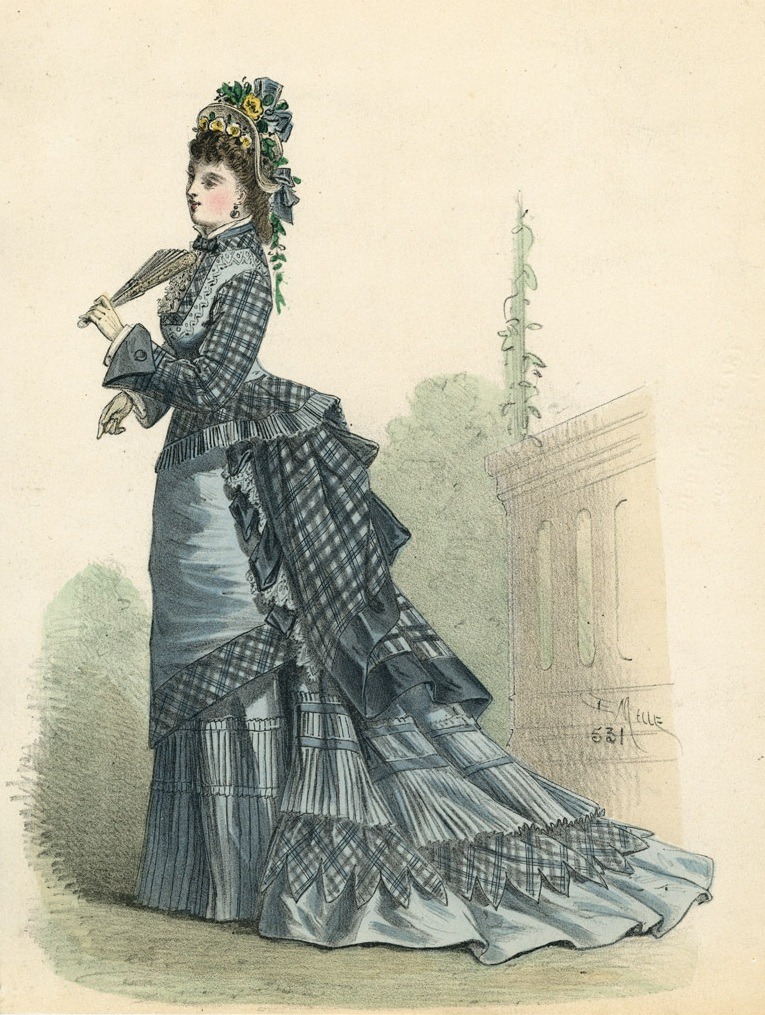













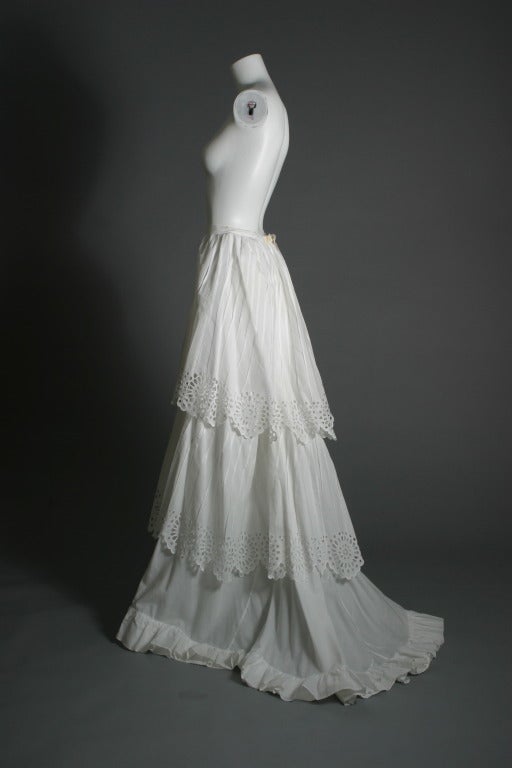

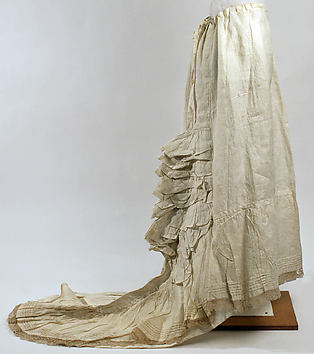
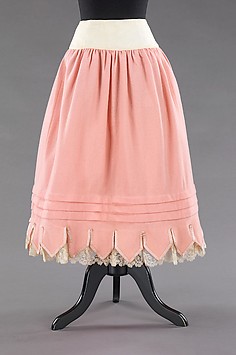
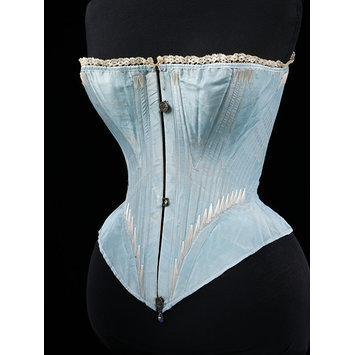
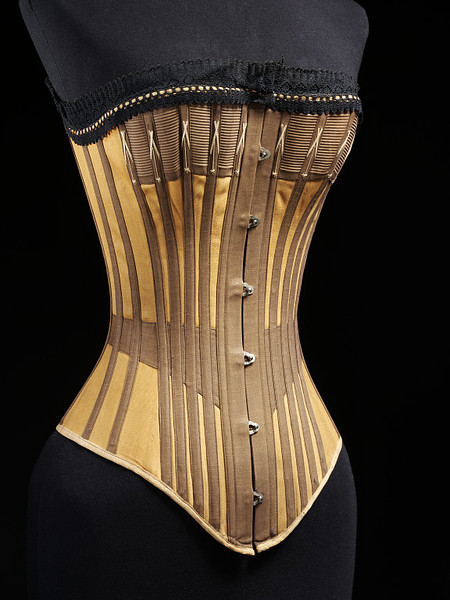
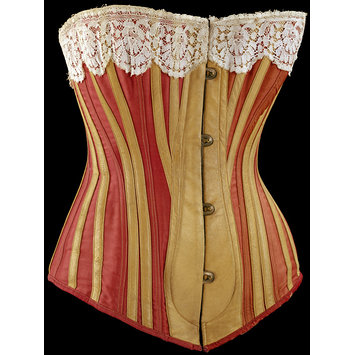
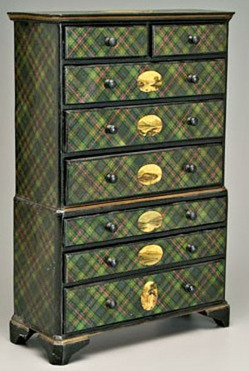











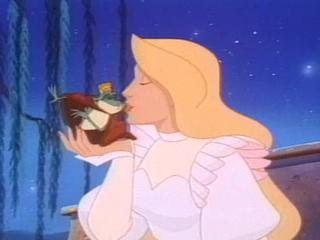



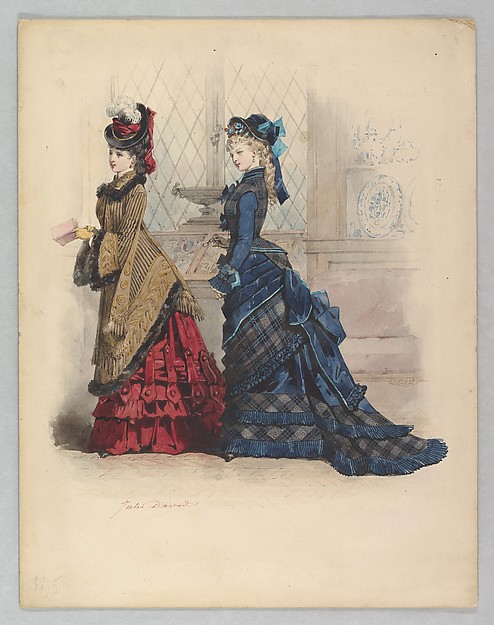



.JPG)